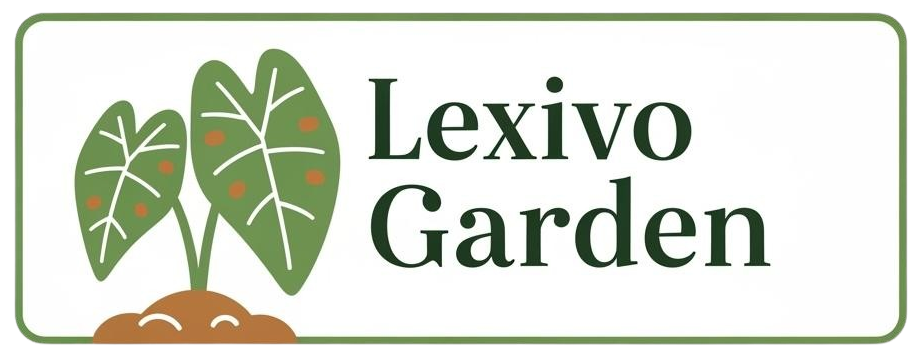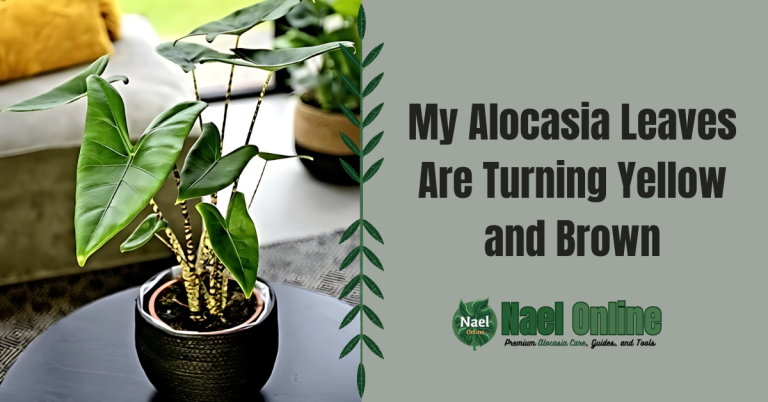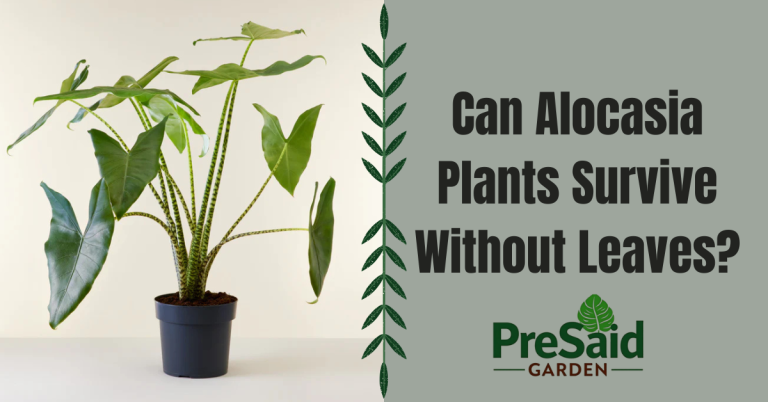Alocasia Root Rot: Causes, Symptoms & Effective Treatments

Hey plant lovers! Lucas William here from Lexivo. If you’re reading this, chances are you’re worried about your alocasia. Maybe those big, beautiful leaves are yellowing, or worse, your plant’s looking a bit… floppy. Don’t panic! Today, we’re diving deep into the world of alocasia root rot. I’ve been growing these stunning plants for over a decade, and I’m here to share everything I’ve learned about keeping them healthy and thriving.
Before we get started, remember that prevention is better than cure. If you need quality pots with good drainage or some top-notch fertilizer to keep your alocasia in tip-top shape, check out our shop at https://lexivo.com.ng/shop/. Now, let’s get to the root of the problem!
What is Alocasia Root Rot?
Alocasia root rot is a common but serious issue that can affect these gorgeous tropical plants. It occurs when the roots are constantly wet, leading to fungal growth that essentially causes the roots to decay. Left unchecked, root rot can kill your alocasia.
Signs Your Alocasia Might Have Root Rot
- Yellowing leaves (especially older ones)
- Wilting or drooping, even when the soil feels moist
- Soft, mushy stems near the base
- A foul, musty odor coming from the soil
- Stunted growth or leaf loss
If you’re noticing any of these symptoms, it’s time to take action. But don’t worry, we’ll get through this together!
The Root Causes of Alocasia Root Rot
See what I did there? But seriously, understanding why root rot happens is key to preventing it. Here are the main culprits:
1. Overwatering
This is the big one, folks. Alocasias like moisture, but they hate sitting in water. Overwatering is the fastest way to invite root rot to the party.
2. Poor Drainage
Even if you’re not overwatering, poor drainage can lead to water pooling around the roots. This is why choosing the right pot and soil mix is crucial.
3. Compact Soil
Over time, soil can become compacted, making it hard for water to drain and for roots to breathe. Yes, roots need air too!
4. Cold Temperatures
Alocasias are tropical plants. When it’s too cold, their metabolism slows down, making it harder for them to use water efficiently. This can lead to waterlogged soil and… you guessed it, root rot.
Now that we know what causes alocasia root rot, let’s talk about how to fix it and, more importantly, how to prevent it from happening in the first place.
Treating Alocasia Root Rot: A Step-by-Step Guide
If you suspect your alocasia has root rot, don’t lose hope. With quick action and a little TLC, you can often save your plant. Here’s what to do:
1. Remove the Plant from Its Pot
Gently take your alocasia out of its pot. Shake off excess soil and inspect the roots. Healthy roots should be firm and white or light tan. If you see dark, mushy roots, that’s root rot.
2. Trim Away the Affected Roots
Using clean, sharp pruning shears (psst… we’ve got some great ones in our shop!), cut away all the rotted roots. Don’t be afraid to be thorough – it’s better to remove too much than too little.
3. Clean the Remaining Roots
Rinse the remaining healthy roots under running water to remove any lingering fungal spores.
4. Apply a Fungicide
Treat the remaining roots with a fungicide to prevent reinfection. You can use a commercial product or a mixture of one part hydrogen peroxide to two parts water.
5. Repot in Fresh Soil
Choose a clean pot with good drainage holes and fill it with a well-draining potting mix. Our shop has some great options for both!
6. Water Carefully
After repotting, water lightly and place the plant in a warm, bright spot out of direct sunlight. Hold off on fertilizing for a few weeks to give your alocasia time to recover.
Remember, treating alocasia root rot is a bit like plant surgery. It can be stressful for both you and your plant, but with patience and care, your alocasia can bounce back stronger than ever.
Preventing Alocasia Root Rot: Your Ultimate Care Guide

Now that we’ve covered treatment, let’s talk prevention. Here’s a handy table to guide you in caring for your alocasia to prevent root rot:
| Care Aspect | Recommendation |
|---|---|
| Watering | Allow top 1-2 inches of soil to dry between waterings |
| Soil | Use a well-draining mix (2 parts potting soil, 1 part perlite, 1 part orchid bark) |
| Pot | Choose a pot with drainage holes, preferably terracotta |
| Light | Bright, indirect light |
| Temperature | 60-80°F (15-27°C) |
| Humidity | 60-80% (use a pebble tray or humidifier if needed) |
| Fertilizer | Balanced, water-soluble fertilizer monthly during growing season |
Common Questions About Alocasia Root Rot
Let’s address some questions I often get from fellow alocasia enthusiasts:
Can an alocasia recover from root rot?
Yes, if caught early and treated properly, many alocasias can recover from root rot. The key is swift action and proper care afterward.
How often should I water my alocasia?
It depends on factors like humidity, temperature, and pot size. Generally, wait until the top 1-2 inches of soil feel dry before watering. In my experience, this usually means watering once every 7-10 days.
Can I use cinnamon to treat root rot?
While cinnamon has some antifungal properties, it’s not as effective as proper fungicides for treating root rot. It’s better as a preventative measure when propagating.
Should I mist my alocasia?
Misting can increase humidity, which alocasias love, but be careful not to overdo it. Constant leaf wetness can lead to fungal issues. A pebble tray or humidifier is often a better choice.
Beyond Root Rot: Keeping Your Alocasia Happy
Preventing alocasia root rot is just one part of keeping these stunning plants healthy. Here are some additional tips I’ve learned over my years of growing alocasias:
- Rotate your plant regularly for even growth.
- Clean the leaves gently with a damp cloth to remove dust and pests.
- Watch for spider mites, which love alocasias. Treat immediately if you spot any.
- Don’t be alarmed if your alocasia “kills” its older leaves – this is normal as new ones grow.
- Some alocasias go dormant in winter. Reduce watering and skip fertilizing during this time.
Remember, every alocasia is unique. What works for one might not work for another, so don’t be afraid to experiment (carefully) to find what your plant likes best.
Wrapping Up: Your Alocasia’s Future Looks Bright!
Whew! We’ve covered a lot of ground today, from identifying alocasia root rot to treating it and preventing future issues. I hope you’re feeling more confident about caring for your alocasia now. Remember, these plants are resilient. With the right care, they can recover from root rot and grow into stunning specimens that’ll make your plant friends green with envy.
If you need any supplies for your alocasia care journey – be it a new pot, some quality soil, or effective fertilizers – don’t forget to check out our shop at https://lexivo.com.ng/shop/. We’ve curated a selection of products that I personally use and trust.
Got more questions about alocasia care? Drop a comment below or reach out to us at lexivo.com.ng. I love hearing from fellow plant enthusiasts and sharing what I’ve learned over the years.
Here’s to healthy, happy alocasias and root rot-free futures! Keep growing and keep glowing, plant friends!






